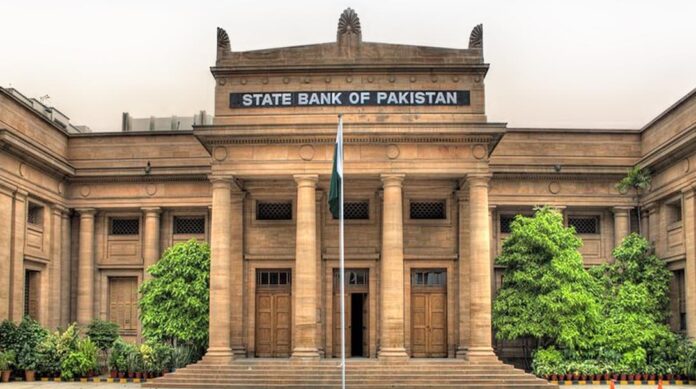At the beginning of the month, the State Bank of Pakistan (SBP) shared a link for a survey on its official Whatsapp Channel. The survey contained the questions that the central bank used for its Consumer Confidence Survey. This is a survey the SBP does every month to assess perceptions surrounding the economy among individuals and businesses.
But why was the SBP sharing this survey on their WhatsApp channel? Normally, the state bank makes phone calls to gather inputs from a broad spectrum of households that are part of the formal economy. Perhaps they were trying to cast a wider net to get more responses for the survey. The regular sample size for this survey is around a couple thousand people, and more people could probably be reached quicker through WhatsApp and other social media. The process would also be more efficient.
But there is a problem here: sampling bias. You really need to be a certain type of person to be following the SBP’s channel on Whatsapp. That is you either need to be involved in the business, banking, or have some reason to closely follow the economy and the country’s monetary policy. On top of this, you also need to be someone that has a smartphone, reliable internet, and basic financial literacy. This means even if the SBP was still doing the phone interview, the additional input from these social media surveys could skew the results.
When asked about the methodology behind this decision, the SBP claimed it had nothing to do with the Consumer Confidence Survey. They claimed there was no change in methodology, and the survey on WhatsApp was simply an “inflation expectations survey” simply for research purposes. What were these research purposes? The SBP said they were for internal research purposes, vaguely stating it was “aimed at assessing public reactions to specific questions on inflation” without clarifying further.
So the WhatsApp survey is not meant to be part of the Consumer Confidence Survey despite having questions from it. And what exactly is the internal research the SBP is conducting through social media then? Could it be to simply check the response and veracity of such a methodology? Or is the SBP trying to figure something else out? Some issues are already apparent with the methodology.
Methodology problems
There is a reason this matters. The Consumer Confidence Survey is an important exercise the SBP conducts on a regular basis prevailing business conditions and likely developments for the months ahead. This monthly report details consumer attitudes, buying intentions, vacation plans, and consumer expectations for inflation, stock prices, and interest rates. To develop the report, the central bank calls up people and businesses and asks them a set list of questions. The content in this publication is expensive to produce. But unlike other journalistic outfits, business publications have to cover the very organizations that directly give them advertisements. Hence, this large source of revenue, which is the lifeblood of other media houses, is severely compromised on account of Profit’s no-compromise policy when it comes to our reporting. No wonder, Profit has lost multiple ad deals, worth tens of millions of rupees, due to stories that held big businesses to account. Hence, for our work to continue unfettered, it must be supported by discerning readers who know the value of quality business journalism, not just for the economy but for the society as a whole.To read the full article, subscribe and support independent business journalism in Pakistan




